How I am planning on developing my work:My originally purpose and shoots I have already experimented with is recreating an emotion based off their political views of a location onto that landscape and mimic the emotions of the people. I believe if I created an emotional based intrigue this would both tick the box for being inspired by surrealism attitudes as most of this is a personal belief and attitude ones self and Also the reality as to what is real and everyones emotions to a political event and or a political statement will cause a different reaction of emotions. The two artists I have looked both show a narrative but in two different ways, one of which shows a clear construct of a emotion of pain and the other shows a narrative of beauty within you surrounding and using the project to form around yourself. I think I should combine this as use the whole of my scenarios in order to plant people into different areas and change my idea slightly to peoples emotions being dependent on the cultivation of where they are. So being happy and feeling beauty in an scenario such as Rita and heartbreak with sad messages covering themselves such as Calle. I believe if I communicate my shoot through a variation of abstract light colour and ideas and really make an interesting landscape it will be more fascinating to look at. However I could still capture objects too to tell a story. I want a clear intrigue of beauty through my images and wish to connote this. I Will too make a video, I want to show a narrative if a persons life being within these different locations and emotions and exhibit them for further emotions too. As for my work I have previously researched and looked at surrealism, studying artists such as Sophie Calle and and Pipilotti Rist. I want my manifesto to have a strong spirit to it, i want my images to have the same positive energy and abstract sense of surrealism as Rist and yet the same dynamic method of narrative throughout the storytelling of my conceptual manifesto such as the work of Calle.

ideas: I would want my shoot to have a creative surrealism narrative of projections and exhibited videos which I have taken around jersey with the locations and landscapes causing different reactions and defects to each person. I will then choose people to come into the exhibition and then allow themselves to be part of the art itself and see how they overall feel about it themselves. I want all of my work to be so overall expressive it becomes abstract within its story. I will use words, images, objects and the lighting to produce my own political environment to cause emotion and allow people themselves to be inserted into it. The narrative I wish to show is the way in which. I think I will too experiment more within direct observations of surrealism, such as a physical reenactment of the creativity found within a landscape. such a barbey. I again will do this is a really creatively expressive abstract from and in order to connote the same themes of emotion based on political right, which have been caused due to a landscape. This could be a literally physical impression of what I believe them to feel so peeling back their face to a dis-functioning landscape which is falling down etc…
Themes:The overall themes of my work will be surrounding that of, i know I want my manifesto to be creative. It demands to be creative and felt due to me knowing what want for my final end. I want the emotion to be evident not only in the person but the landscape itself. my mind map of inspiration if below as i think starting with wanting to express these similar artists themes would be a good area to begin.
relation to political landscape: The relation with political landscapes is pretty evident, the emotion is not only caused by politics but shows a reaction to a landscape which they the person has a connection with. Not only this but I can allow myself to use my experimentation with reality, cause and dependancy to allow myself to add stronger themes of surrealism into my work. I think the combination of conceptual though, surrealism, reality and the landscape itself can combine to look this one theme to produce so many outcomes distributing in factors of abstraction and narrative story telling. I think my manifesto needs to be able to express all these emotions and notes of creativity as this is how my project will become successful. I first want to start by brainstorming my ideas, This from being the angle of my work I want to show. I have decided when thinking about surrealism I believe surrealistic work is fascinating. I love the colour and creativity. I just want my work to have something unique.


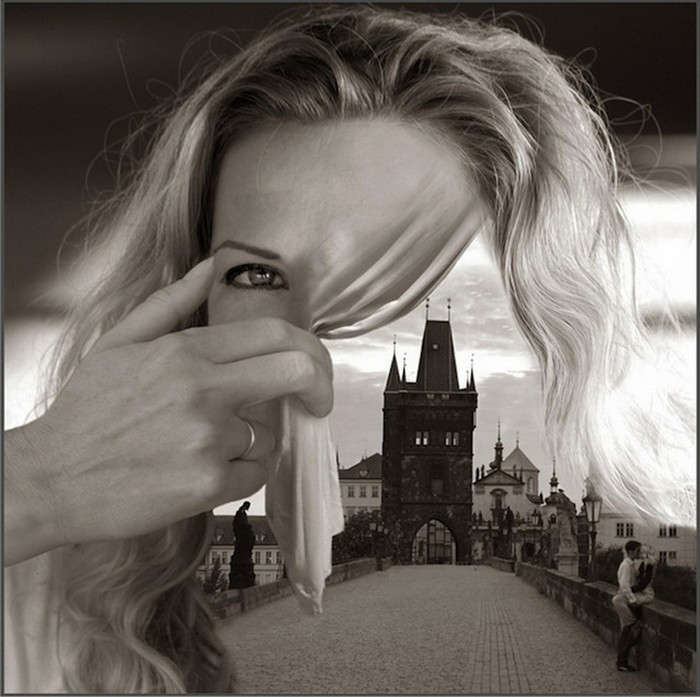
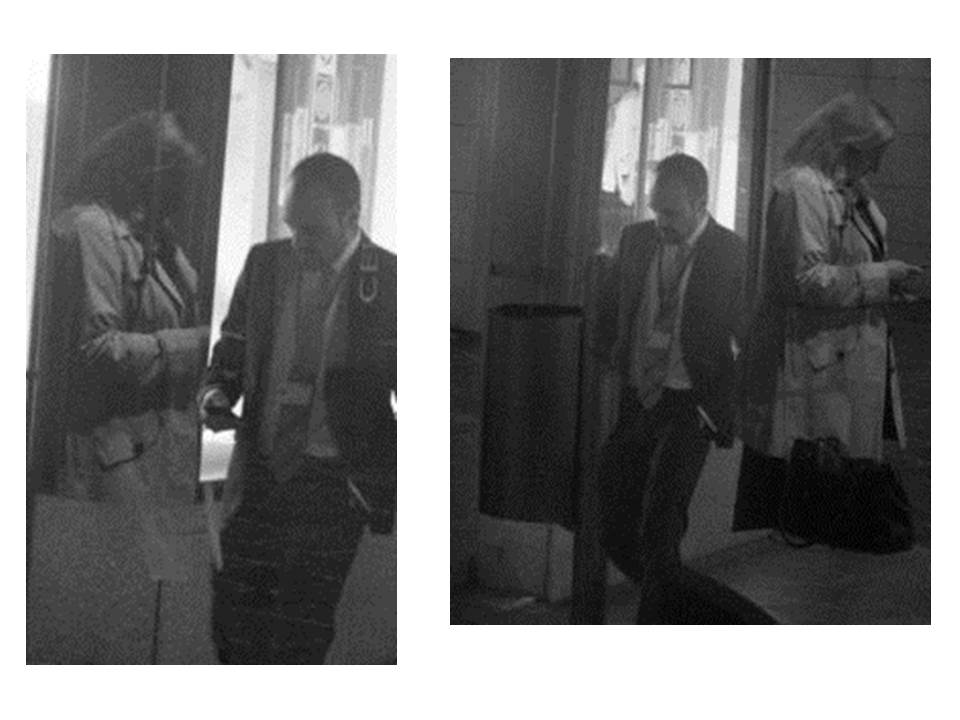


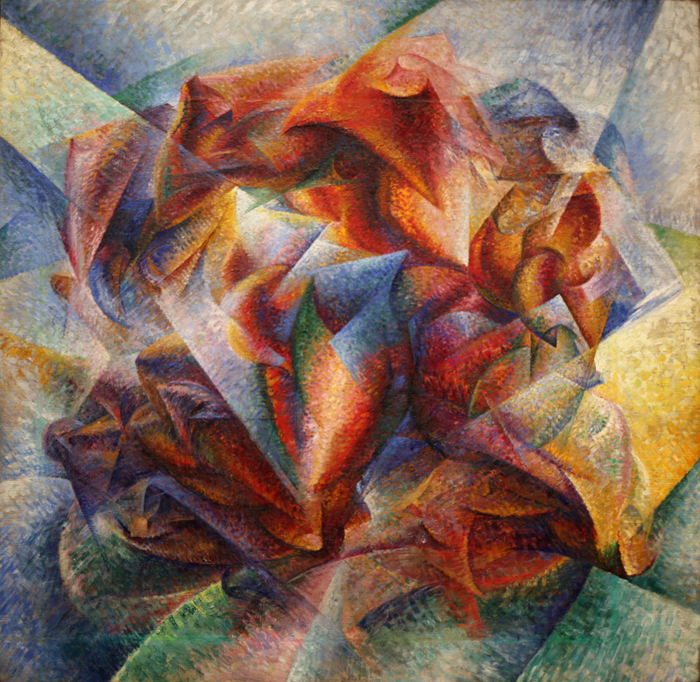

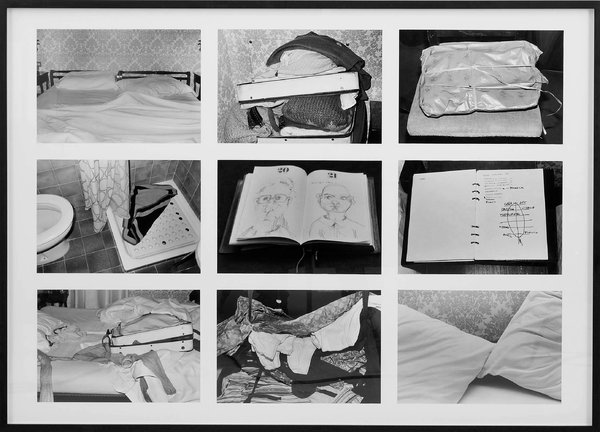
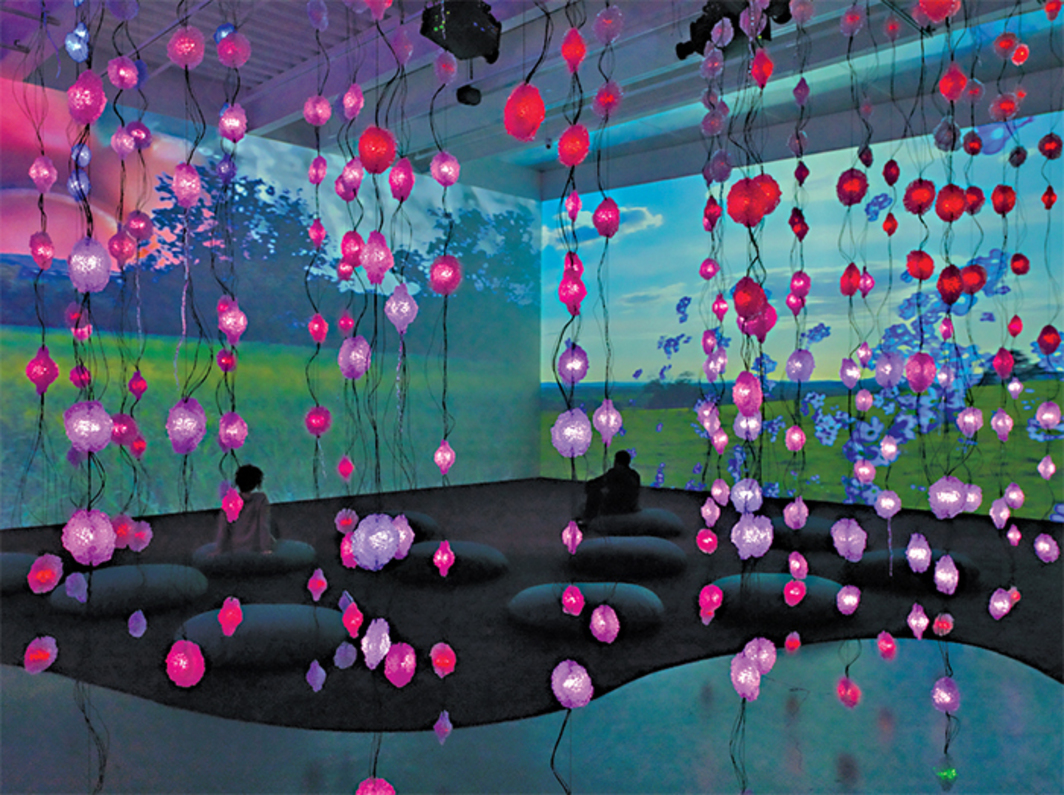 To me this work named ;pixel forest’ is they most comprehensive presentation of lists work to date. Her work includes influence spanning over the artists entire career,using inspirations from her early single channel videos of the 1980’s, exploring the human female body in pop culture to the expansion of video instillations. Her work transoms just a space into a architectural demonstration of masses of dreamlike environments which emphasis a hypnotic musical scores. she has created a new instillation for this exhibition in order to reveal connections between development of her art to the evolution of technology. I believe this such of nature,nuture and new found technology in order o create a surrealism dream life state in unlike anything else and is a huge movement for contemporary arts. it is said to be’ Ranging from the television monitor to the cinema screen, and from the intimacy of the smartphone to the communal experience of immersive images and soundscapes, this survey charts the ways in which Rist’s work fuses the biological with the electronic in the ecstasy of communication.’
To me this work named ;pixel forest’ is they most comprehensive presentation of lists work to date. Her work includes influence spanning over the artists entire career,using inspirations from her early single channel videos of the 1980’s, exploring the human female body in pop culture to the expansion of video instillations. Her work transoms just a space into a architectural demonstration of masses of dreamlike environments which emphasis a hypnotic musical scores. she has created a new instillation for this exhibition in order to reveal connections between development of her art to the evolution of technology. I believe this such of nature,nuture and new found technology in order o create a surrealism dream life state in unlike anything else and is a huge movement for contemporary arts. it is said to be’ Ranging from the television monitor to the cinema screen, and from the intimacy of the smartphone to the communal experience of immersive images and soundscapes, this survey charts the ways in which Rist’s work fuses the biological with the electronic in the ecstasy of communication.’



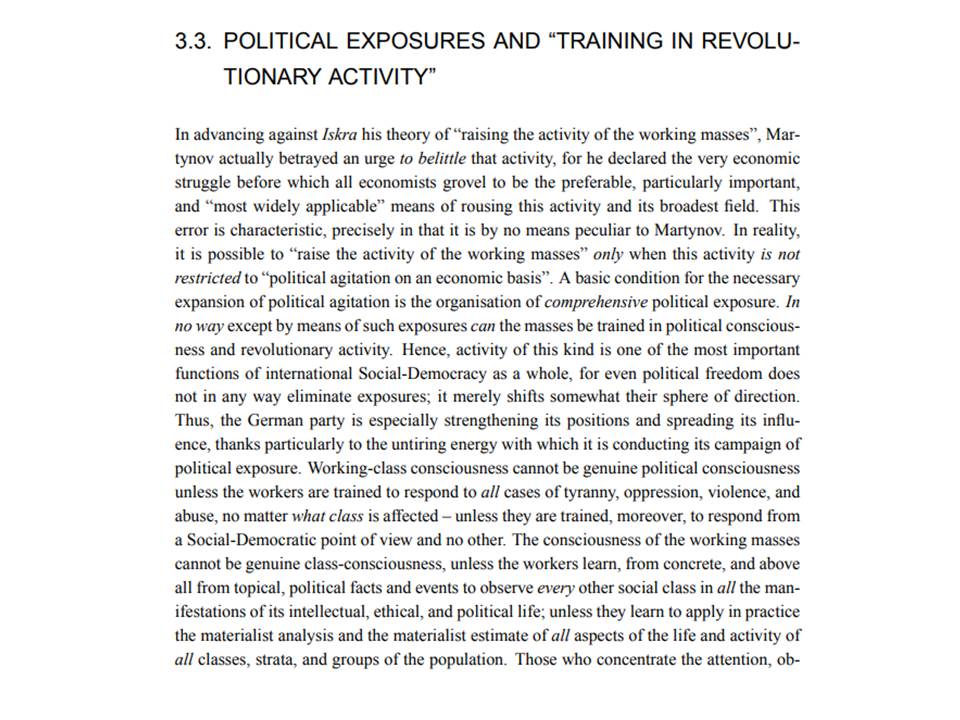

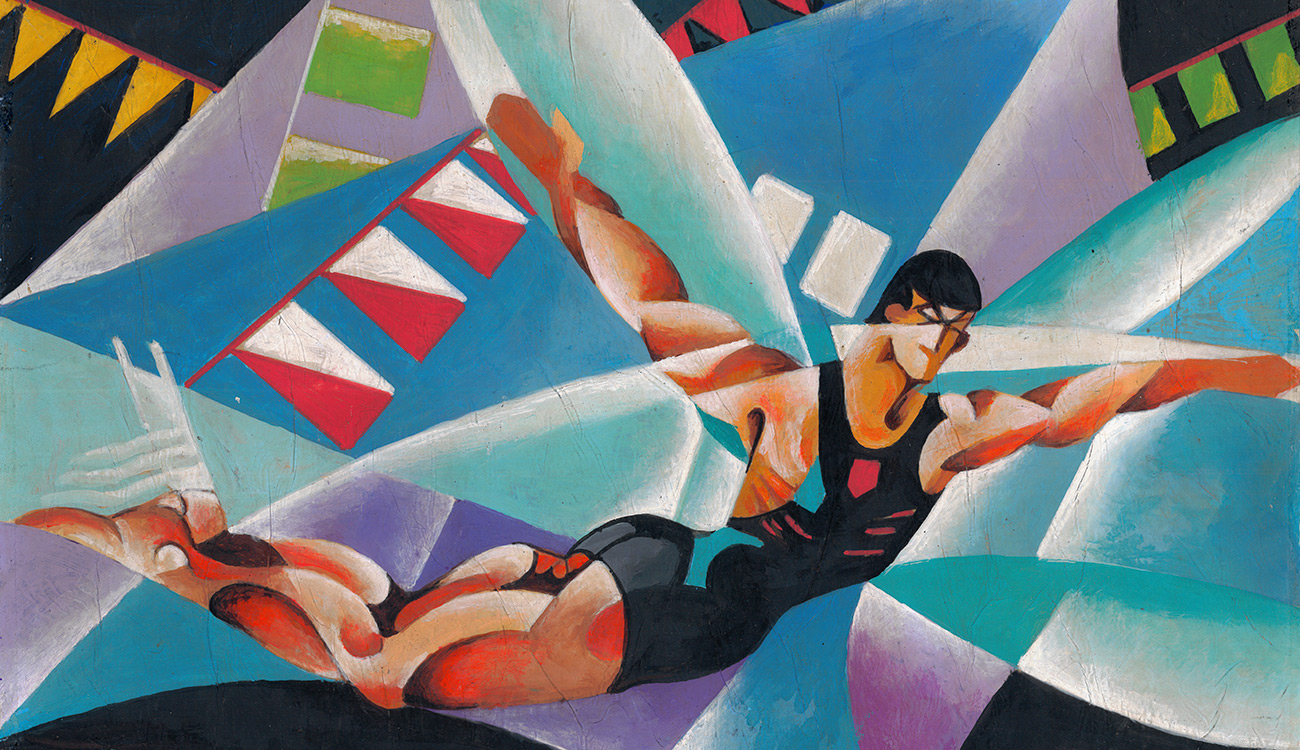



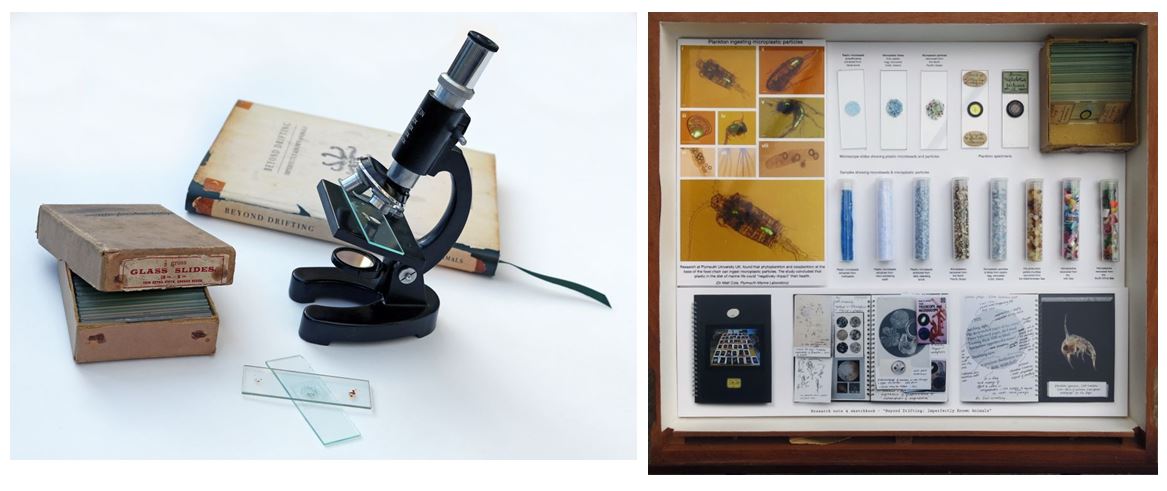
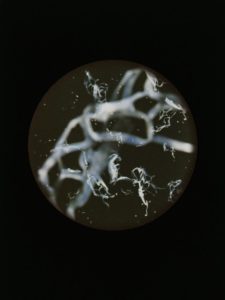


 ‘Discarded debris found along the shore and having existed for varying amounts of time in the sea collectively convey a message about the marine environment. The images combine visual beauty with the message of pollution and the time it takes them to biodegrade in the sea. The book shows the series of 10 images representing an intuitive collection of objects as they were presented, on the shore, unwashed and unaltered and aiming to reveal a beauty not otherwise noticed. The form and shape of the objects take on the imaginative appearance of sea creatures, created from the very materials that prove fatal for the creatures themselves. Enveloping black space evokes a deep sea, presenting the emerging objects as creatures from beneath, whilst at the same time serving as a metaphor to the unknown depths of this vast global problem of pollution. The captions state only the number of years it takes each material to decompose, thus revealing a narrative in time, and ending with the indeterminate and Indefinite material polystyrene.’
‘Discarded debris found along the shore and having existed for varying amounts of time in the sea collectively convey a message about the marine environment. The images combine visual beauty with the message of pollution and the time it takes them to biodegrade in the sea. The book shows the series of 10 images representing an intuitive collection of objects as they were presented, on the shore, unwashed and unaltered and aiming to reveal a beauty not otherwise noticed. The form and shape of the objects take on the imaginative appearance of sea creatures, created from the very materials that prove fatal for the creatures themselves. Enveloping black space evokes a deep sea, presenting the emerging objects as creatures from beneath, whilst at the same time serving as a metaphor to the unknown depths of this vast global problem of pollution. The captions state only the number of years it takes each material to decompose, thus revealing a narrative in time, and ending with the indeterminate and Indefinite material polystyrene.’
